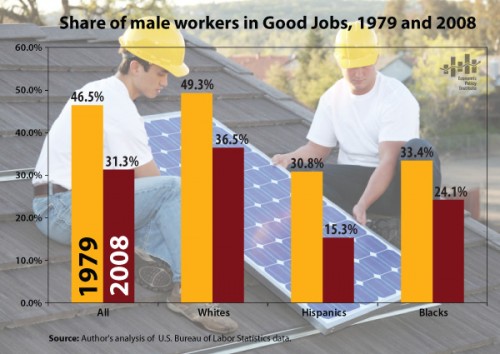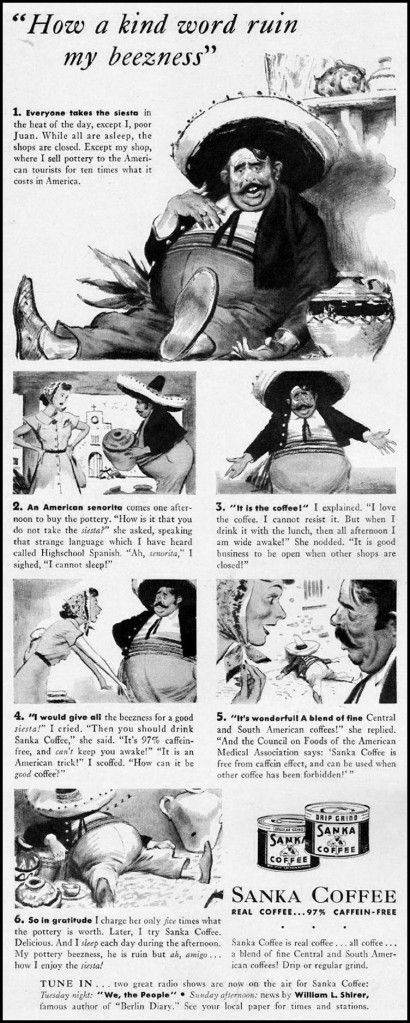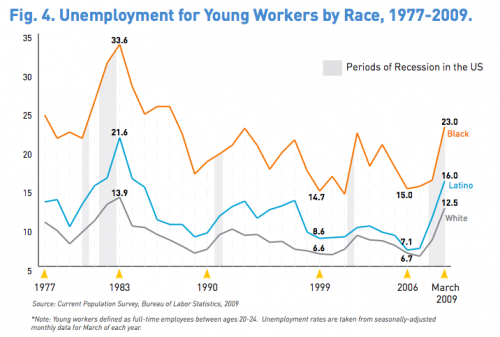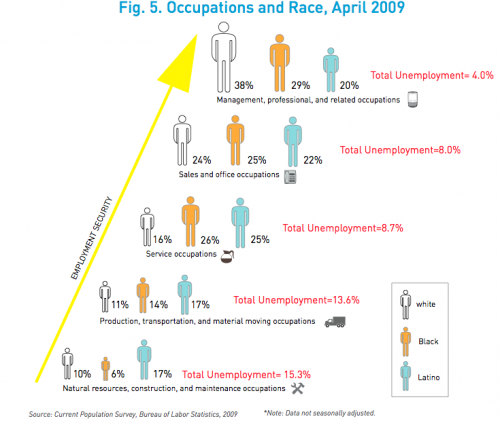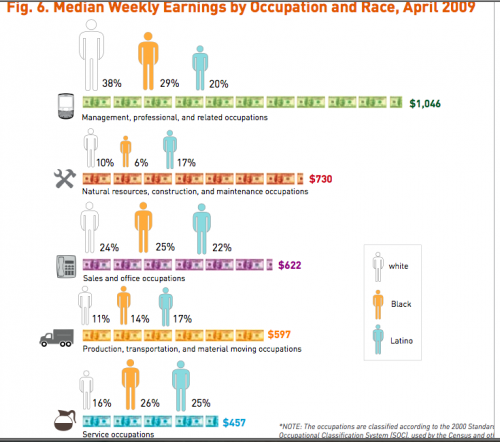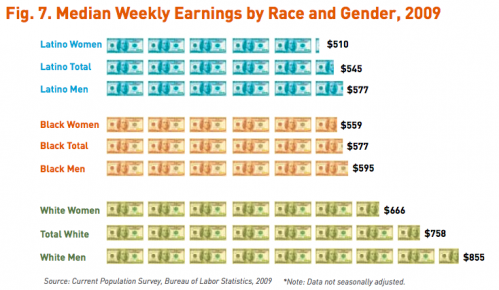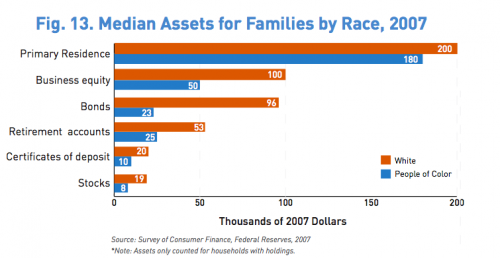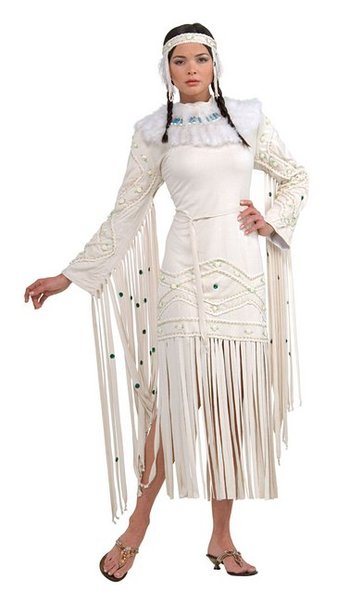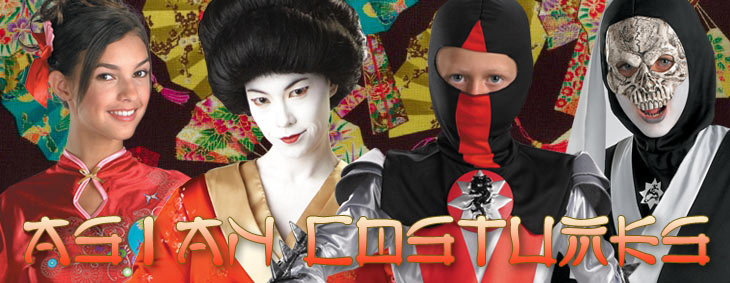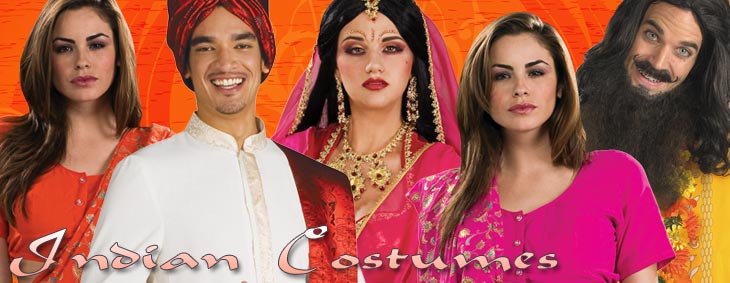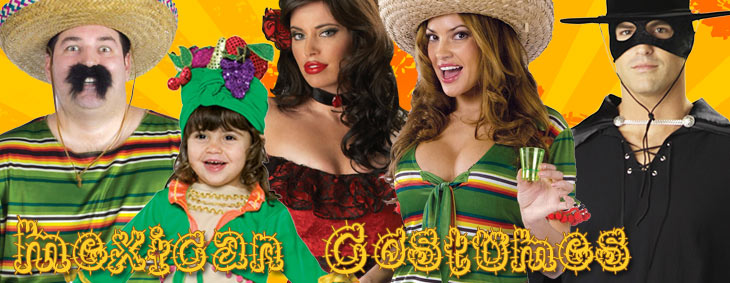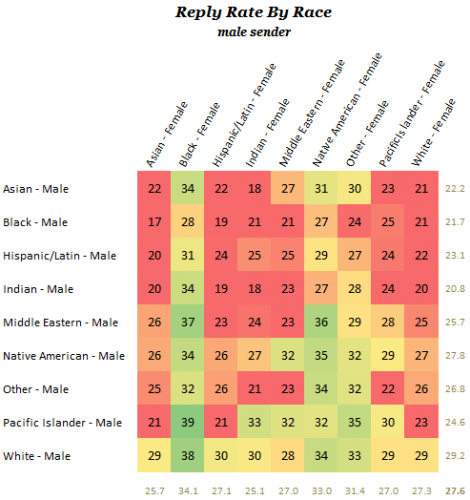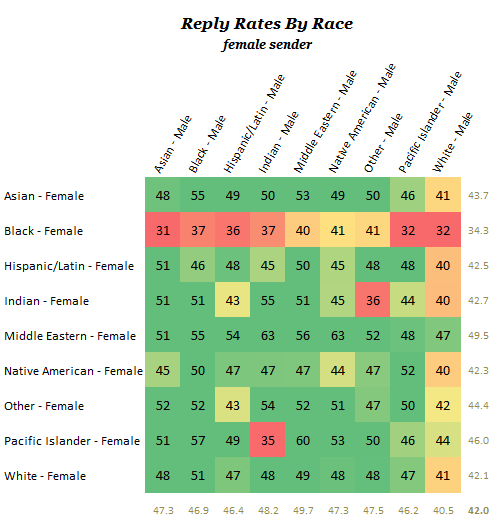Grace S., Courtney V., Mazhira B., and Ashley B. (I hope I got everyone!) sent in Kleenex’s Get Mommed campaign. The campaign represents another instance in which nurturing is associates strictly with women (it is mom who takes care of us when we’re sick, not dad).
It also manages to throw in a number of racial and religious stereotypes, including the Latina Ana Maria (“hola!”) who brings traditional wisdom; the distracted upper class WASP (“just a moment, dear”); the sassy, full-figured black women who can do anything around the house; the pushy Jewish mom (“Phyllis wants to be your mommy, not just your mom”); the stern Asian mom (“I don’t put up with excuses, not even from babies!”); among others.
I didn’t dive into the website too far, but you’re certainly welcome to do so and feel free to report what you find!
Lisa Wade, PhD is an Associate Professor at Tulane University. She is the author of American Hookup, a book about college sexual culture; a textbook about gender; and a forthcoming introductory text: Terrible Magnificent Sociology. You can follow her on Twitter and Instagram.

